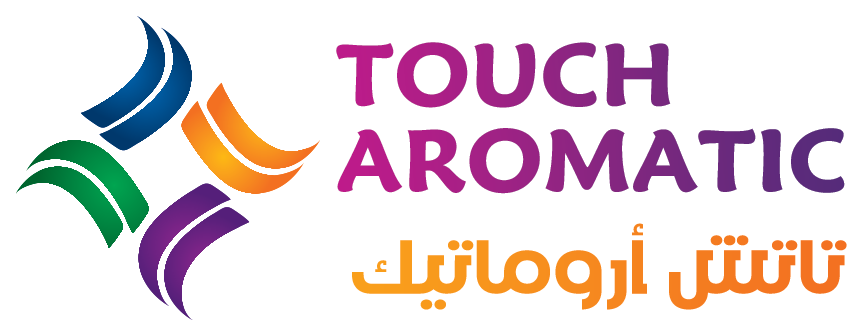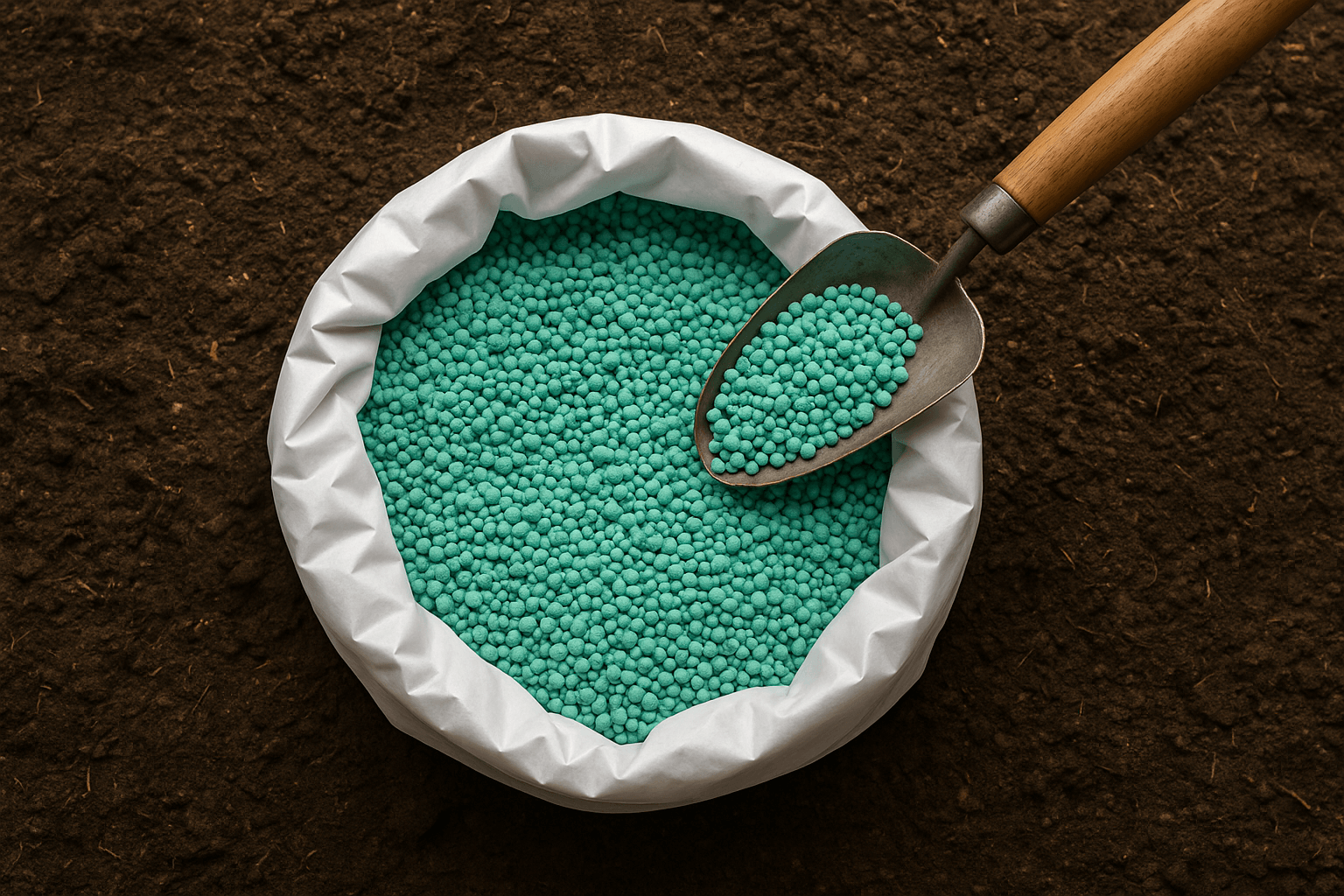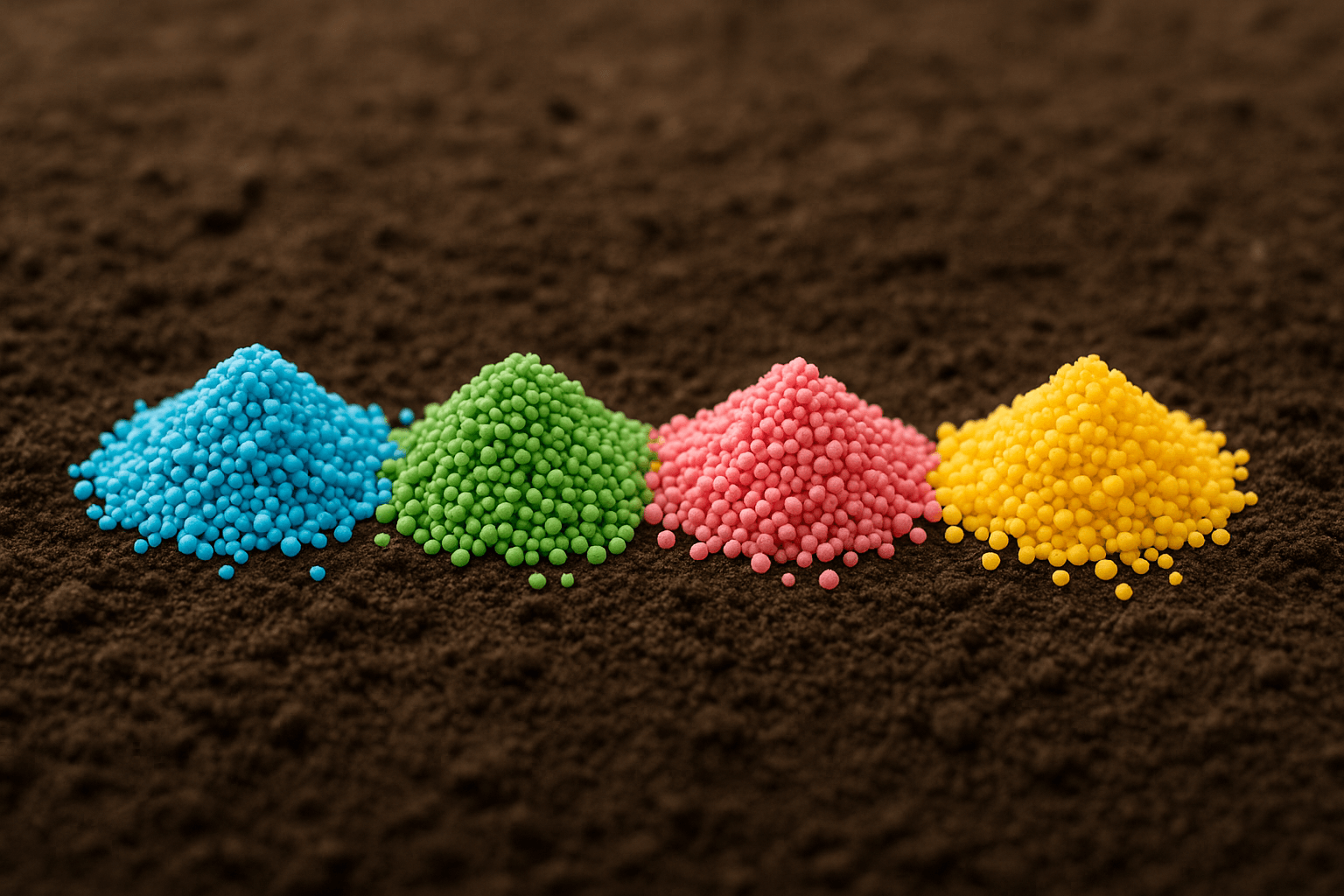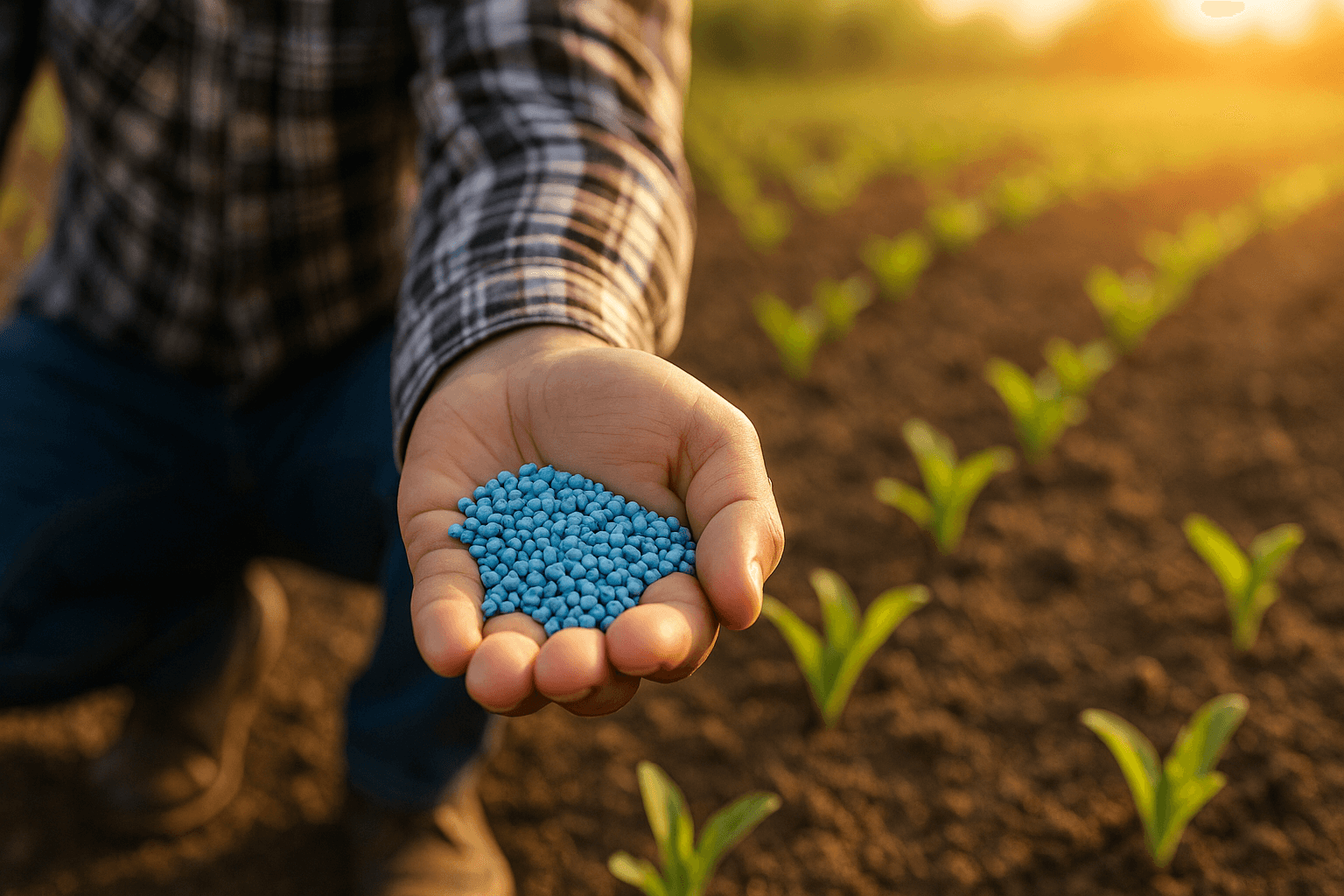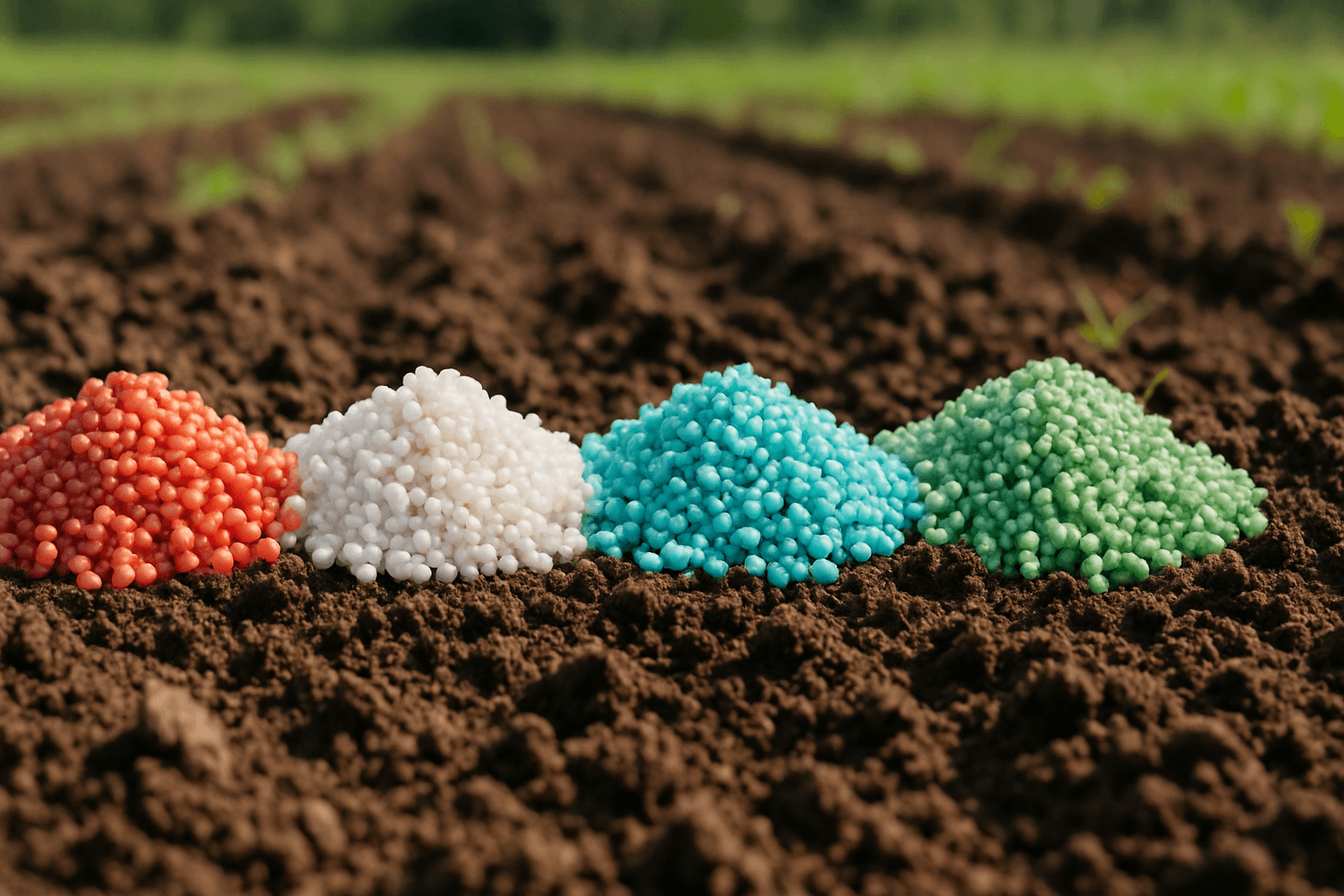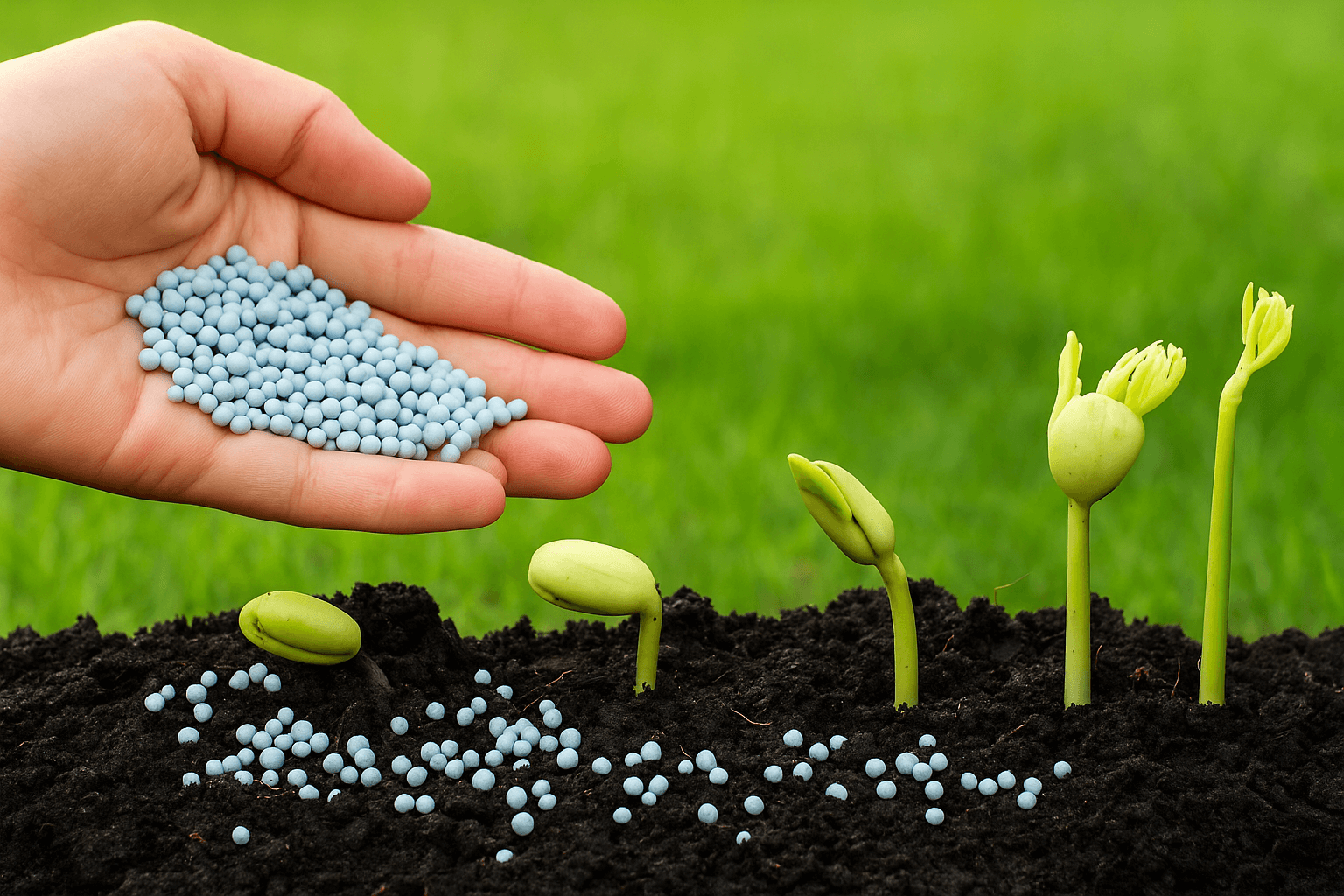In the world of modern agriculture, fertilizers are no longer classified solely by their components or functions—color has become a major factor in identifying the type of fertilizer, its purpose, and its suitability for specific crops or growth stages. The presence of colors in fertilizers is not merely aesthetic; it carries precise and valuable meanings for everyone using them—from farmers to agricultural engineers. In this article, we provide a comprehensive guide to understanding these colors and how to leverage them to enhance crop management and improve production quality.
What Are Fertilizer Colors and Why Are They Used?
When discussing fertilizers, some might assume that color is merely a cosmetic feature with no impact on the product’s content or effectiveness. However, the truth is that fertilizer colors have become an essential component with functional and instructional roles in modern agriculture.
In agricultural markets—where products are numerous and packaging often looks alike—it can be difficult for farmers or technicians to distinguish between different fertilizer types, especially when they lack experience or time to carefully read every label. This is where color plays a practical and efficient role: it helps users quickly identify the type of fertilizer and apply it correctly at the right time.
Manufacturers use colors for several purposes, including distinguishing between chemical formulations. For instance, blue is often associated with nitrogen-rich fertilizers, yellow with potassium-based ones, and green with micronutrient-rich or organic fertilizers. This visual coding makes it easier to recall the product and enables workers or farmers to use it quickly and efficiently without constantly referring to technical sheets.
In addition, colored fertilizers provide a visual aid for tracking distribution during application, especially in systems that rely on surface spreading or manual/mechanical spraying. When the fertilizer has a clear, visible color, the farmer can easily see where it has already been applied and where coverage is still needed, ensuring more balanced soil coverage and reducing waste.
The role of color goes beyond technical application—it also plays a part in training and operational efficiency. Colors are used as an educational tool for training new or seasonal workers, as each color can be linked to a specific fertilizer type or growth stage. This reduces the risk of mistakes or confusion between products during use and improves accuracy in large-scale farming operations involving multiple worker teams.
Overall, the use of fertilizer colors is no longer just a visual preference—it has become a practical method that contributes to improving fertilization efficiency, minimizing errors, and accelerating agricultural operations, especially in fast-paced, organized, and professional farming environments.
The Meaning of the Most Common Fertilizer Colors in Agriculture
With the wide variety of fertilizers and their diverse applications, color has become a key visual indicator that reflects the type of formulation and its role in plant growth. Below are the most commonly used fertilizer colors and what they signify:
1. Blue Fertilizer
One of the most recognized and widely used types in agricultural markets, blue fertilizers typically refer to water-soluble compound fertilizers. These blends usually contain balanced ratios of essential macronutrients—nitrogen (N), phosphorus (P), and potassium (K)—as well as important micronutrients that support healthy plant development.
Common applications include:
Intensive farming systems requiring fast results
Leafy crops such as lettuce, spinach, and arugula
Greenhouses that rely on short, controlled crop cycles
Drip irrigation systems, which require fully dissolvable fertilizers to prevent clogging
The blue color is not arbitrary—it indicates complete solubility and high absorption efficiency, making it ideal for modern agriculture that depends on precision and speed in nutrient delivery.
2. Green Fertilizer
Green fertilizers represent blends rich in micronutrients such as zinc, iron, manganese, and magnesium—elements used in small amounts but crucial for photosynthesis and chlorophyll formation.
Common uses include:
Plants suffering from chlorosis (yellowing leaves)
Ornamental plants needing vibrant foliage and visual appeal
Greenhouse crops, where nutritional balance is closely monitored
Green is also used in organic or biological fertilizers and visually represents the concept of clean or sustainable farming. As a result, green has become a powerful marketing element in products targeted toward organic agriculture or eco-conscious consumers.
3. Red or Pink Fertilizer
This color is commonly associated with phosphorus (P)—a critical nutrient for:
Stimulating flowering
Strengthening root systems
Accelerating early growth stages
Red fertilizers are typically used in the initial stages of cultivation, especially:
During direct seeding
When transplanting seedlings from nurseries to open fields
The red color sends a clear visual cue that the product is meant to boost strong starts, particularly by supporting root formation and increasing cellular activity in young plants.
4. Yellow Fertilizer
The yellow color is linked to the presence of potassium and sulfur, both essential during the fruiting and ripening phases.
It is frequently used for:
Fruit crops like grapes, mangoes, and citrus
Vegetables such as tomatoes and peppers in their final growing stages
Yellow fertilizer helps:
Improve flavor and fruit quality
Enhance firmness and skin texture
Increase the plant’s resistance to storage and transportation stress
It is particularly valuable towards the end of the crop cycle, where market readiness and shelf appeal are key.
5. White or Transparent Fertilizer
This color usually indicates pure raw materials, such as:
Calcium nitrate
High-purity urea
These fertilizers are typically free of added dyes and are used in:
Precision irrigation systems
Custom fertilizer mixes tailored to specific crop needs
The white color symbolizes purity and high concentration, making it ideal for specialized farming operations that demand precisely calculated inputs.
Practical Benefits of Using Fertilizer Colors in Agriculture
Using colored fertilizers offers farmers, distributors, and end-users a range of practical advantages that go beyond mere appearance:
Easy Identification: Especially in storage areas or during distribution, it becomes much easier to identify the correct product without needing to read lengthy labels.
Improved Training: New or inexperienced farm workers can quickly learn to distinguish between different fertilizer types simply by recognizing their colors.
Reduced Errors: The likelihood of applying the wrong fertilizer at the wrong time or to the wrong crop is significantly reduced.
Usage Tracking: In open-field farming, colored fertilizers make it easier to visually track distribution lines, ensuring even coverage across the soil.
Do Fertilizer Colors Affect Quality or Effectiveness?
Despite the clear benefits of using colored fertilizers, a valid question arises: Do these colors actually impact fertilizer quality?
The answer is no—color does not alter the chemical composition of the fertilizer, as long as the dye used is agricultural-grade, safe, and non-reactive.
However, color consistency can reflect manufacturing quality. Well-produced fertilizers typically:
Have a uniform color with no clumping
Do not leave stains on hands or equipment
Do not clog irrigation systems
If the color is unstable or inconsistent within the same package, it may be a sign of poor or unprofessional manufacturing.
Can Color Alone Be Relied Upon When Choosing Fertilizer?
While color can be a helpful indicator, it should not be the sole reference when selecting a fertilizer.
It’s essential to always read the chemical analysis on the label and consider the following:
NPK ratio (Nitrogen, Phosphorus, Potassium)
Micronutrient content
Crop type and growth stage
Compatibility with the irrigation system
Color may help you quickly identify your preferred product, but the technical decision should always be based on the written data, not just the visual appearance.
Using Colors in Fertilizer Marketing
In major markets and agricultural exhibitions, fertilizer colors have become a powerful marketing tool. They are used to:
Design distinctive and easily recognizable packaging
Enhance visual advertising campaigns
Build a unique color identity for the brand (e.g., green = organic, blue = water-soluble, etc.)
Today, color is considered a key component of a successful brand, just like the logo or product name.
Choosing the Right Color Requires Understanding Crop Needs
Selecting the appropriate fertilizer color isn’t simply a matter of following charts or common practice—it requires a thoughtful analysis of several overlapping factors, including the plant type, growth stage, irrigation system, and even climate and soil conditions.
In fact, the same crop may require different fertilizer colors throughout its growth cycle. For example:
At the early planting stage, leafy vegetables benefit from blue fertilizers to promote rapid leaf development.
As harvest approaches, a yellow potassium-rich fertilizer might be introduced to enhance quality and flavor.
In greenhouse cultivation, a green blend could be used to boost plant immunity or correct micronutrient deficiencies.
Therefore, don’t rely on a single fertilizer color throughout the season. It’s best to follow a comprehensive fertilization plan, where each product is chosen based on its application timing. Remember: color is a visual aid, not the ultimate decision-maker.
Consult an agricultural specialist, always read the nutrient analysis on the package, and then use the color as a quick reference to apply what you’ve already understood from a scientific perspective. This way, colors become effective tools in smart and confident crop management—far more than just visual markers.
Conclusion
The presence of fertilizer colors is no longer a minor detail or a decorative element on the packaging. It has become an essential part of the modern agricultural system, aimed at simplification, organization, and reducing errors. Choosing the right color can save time and effort, minimize waste, and enhance the precision of fertilization in both small- and large-scale farms.
However, despite these advantages, color should never replace proper analysis. A clear understanding of the fertilizer’s composition, its compatibility with soil type, and the crop’s requirements at each growth stage is what truly determines production success and quality outcomes. Color can guide you, but knowledge ensures your success.
Therefore, use color as a supporting tool in your decisions, not as your only reference. Always strive for a balance between visual clarity and scientific understanding—only then can you maximize the value of every fertilizer you apply to your land.
